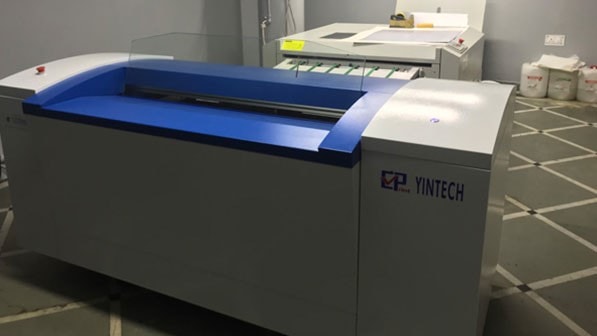Role Of A Customer In Offset Prepress Printing

Mostly, when you think of printing any colored image you just give your data to the printer and expect a marvelous print. However, results aren’t always as exciting as you expect. This is due to the reason that you miss few things to convey or provide while dealing with the offset printer. The quality of the printed image solely depends on what kind of image you are providing. If you think that the RGB image that look fabulous on screen will look the same after printing, you may be committing a major mistake, because RGB format may offer a larger color range and do well in web designing, but aren’t a better choice for printing.
Therefore, always make sure that all images you submit to your printer, both including raster and vector are in CMYK (cyan, magenta, yellow, and black) format and RGB. Though, in prepress stage images are translated into CMYK format but it will consume more time of prepress technicians and will also leave you unsure as how your image will look after printing. Therefore, it is advised to translate the image yourself before giving it for printing.
Quality of the image also depends on dpi (dots per inch). A 72 dpi will not produce a quality image on press as it will on the web. This is a major and consistent issue for prepress operators as they face trouble in handling images. You, as a customer also have to participate in prepress activity and ensure that every image is set to at least 300 dpi, or else you will be disappointed when a stunning photo you spent hours to edit turns out blurry after it is handed over to you.


